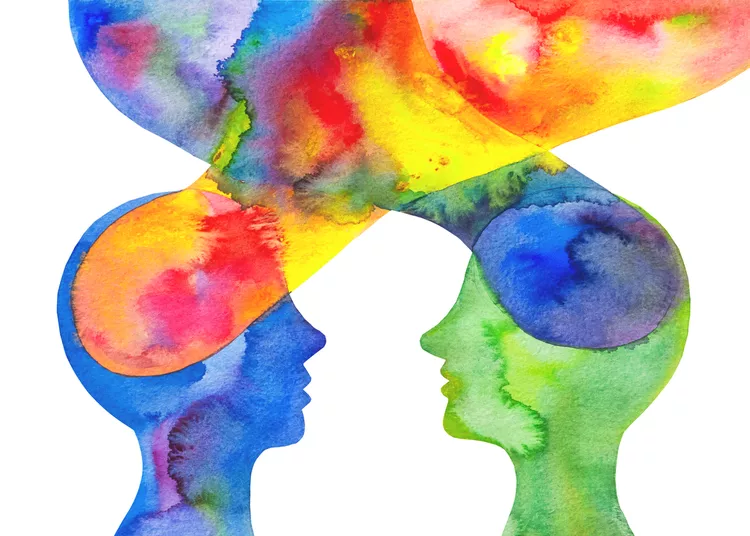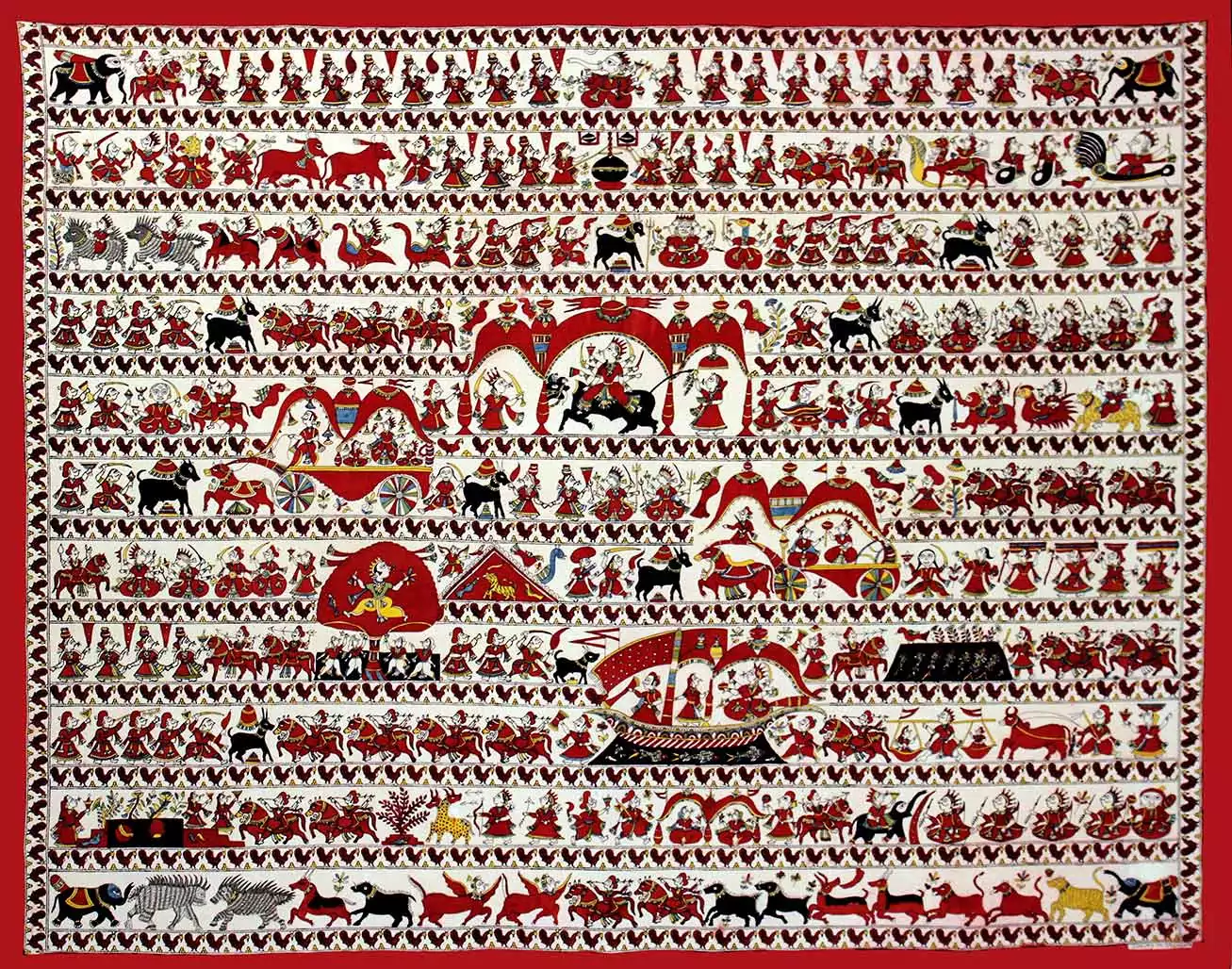Introduction to colour psychology
Pablo Picasso wisely observed, “Colours, like features, follow the changes of the emotions.”
Colour psychology is one of the most powerful tools in art, capable of evoking a wide range of emotions. The setting of a specific tone and mood for the viewer can be achieved through the simple medium of colour. Artists throughout history have recognised the significance of this element and utilised its psychological effects to convey deep meanings.
Artists create a natural atmosphere that helps elicit somewhat planned responses from their audiences. If you’re a lover of art and want to explore colour psychology in depth, stay with me through the end of this blog! Let’s explore how different hues impact our mood and emotions.
Colour psychology: Mood
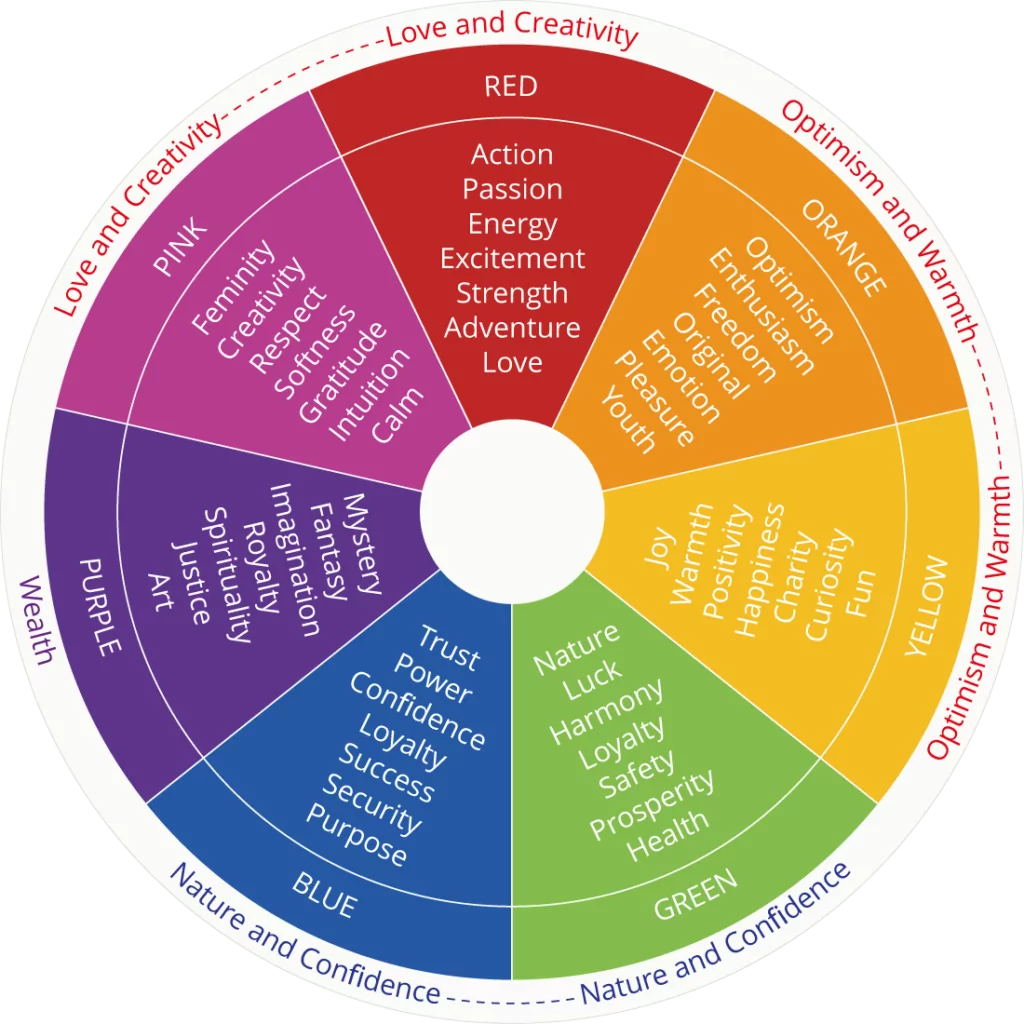
Colours have a profound impact on our mood and emotions. They influence how we perceive the world around us and in certain environments. Hence understanding colour psychology is crucial for daily functioning.
Warm colours such as red, orange and yellow are often associated with energy, warmth and stimulation. They evoke feelings of excitement, enthusiasm, passion and even aggression. For instance, restaurants frequently use warm hues to create a lively and inviting atmosphere, encouraging patrons to indulge in their meals and enjoy social interactions.
On the other hand, cool colours like blue, green and purple tend to have a calming and soothing effect. They are often used in spaces meant for relaxation and introspection, such as bedrooms and spas. Blue, in particular, is known to promote feelings of tranquillity and can even lower blood pressure and heart rate. It offers relaxation and stability of mind.
Colour psychology is as important in interior designing and branding, for creating spaces that resonate with the needs of the target audience. By using personalised colours and shades, designers and home decorators influence client behaviour, improve user experience and help them settle into their home quickly.
Click here to read about art and colour symbolism while choosing your home decor.
Understanding properties of colour
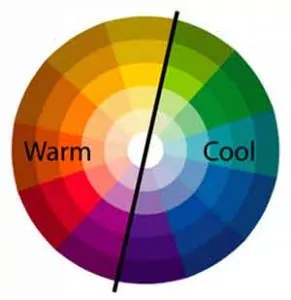
Researchers studying colour psychology all say that the temperature, saturation and brightness of a shade determines their state of mind. They influence the way we perceive and react to different colours.
Temperature is the most important aspect of colour psychology that needs to be analysed. Warm colours such as reds, oranges, and yellows, evoke feelings of energy, passion, and warmth. They can stimulate the senses and create a sense of excitement or intensity. In contrast, cool colours like blues, greens, and purples have a calming effect, promoting relaxation, tranquillity and introspection.
Saturation, or the intensity of a colour, also plays a significant role in our emotional response. Highly saturated colours are vivid and attention-grabbing, eliciting strong reactions and emotions. They can evoke feelings of excitement, enthusiasm, or even aggression, depending on the context.
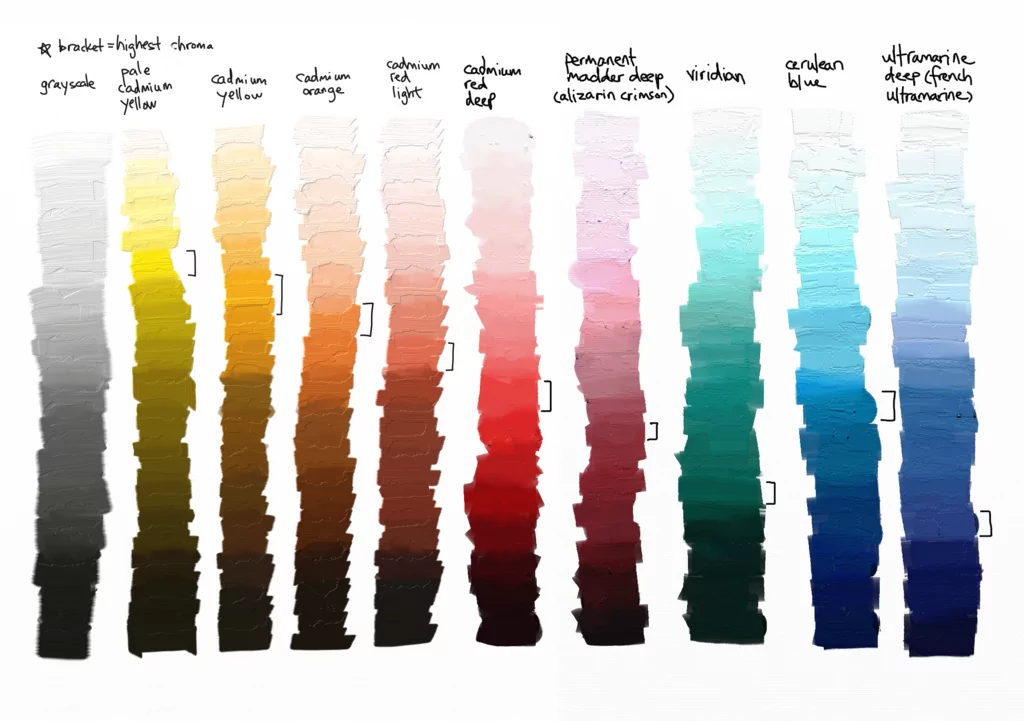
Desaturated or muted colours are more subdued and understated, often creating a sense of calmness or melancholy. The saturation level of a colour can therefore influence the intensity of our emotional experience, with vibrant colours amplifying our feelings and muted tones providing a more subdued backdrop.
The brightness of a colour shapes our emotional response. Bright colours are uplifting and cheerful, conveying a sense of optimism, positivity, and vitality. They make spaces feel more dynamic and lively. Conversely, darker colours tend to be more sombre and introspective, evoking feelings of depth, mystery, or even sadness. Lighter hues create an airy, open feeling and darker shades imbuing a sense of intimacy and claustrophobia.
Colour psychology: Associations
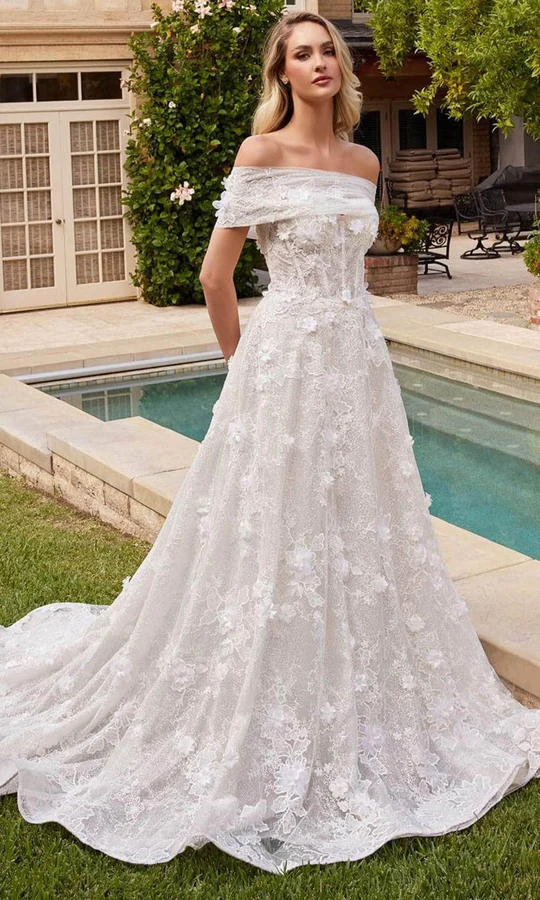

Colours are not only influenced by individual experiences but also deeply intertwined with cultural backgrounds. Cultural associations with colours can vary widely, impacting everything from symbolism and traditions to personal preferences and societal norms.
For instance, in Western cultures, white is often associated with purity, innocence and cleanliness. It’s commonly worn by brides on their wedding day to symbolise new beginnings and purity of heart. In contrast, in some Eastern cultures, white is the colour of mourning and funerals, representing death and the afterlife. These starkly different cultural interpretations demonstrate how colour psychology can hold vastly divergent meanings across different societies.
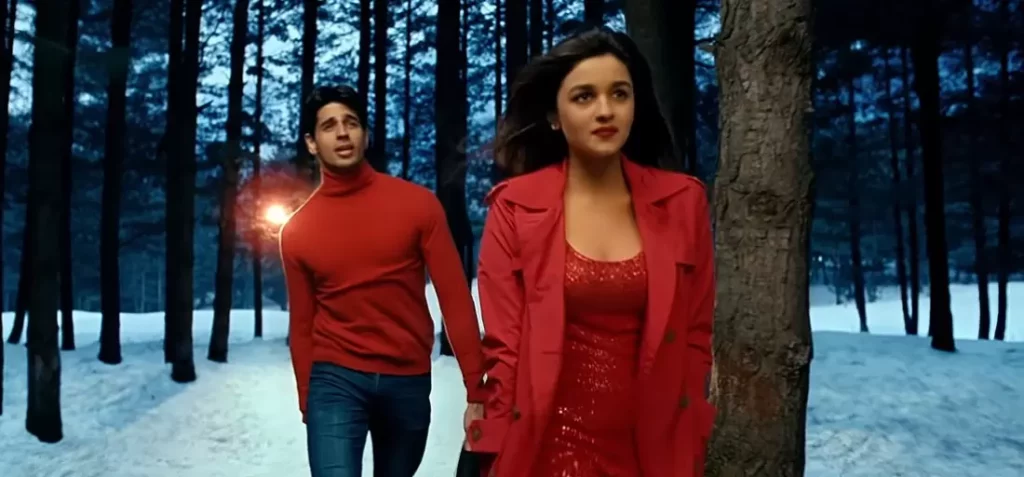
Similarly, red holds diverse connotations depending on cultural contexts. In Western cultures, red is often associated with passion, love, and energy. It’s commonly used in romantic contexts and associated with Valentine’s Day. However, in many Asian cultures, red is considered a symbol of good luck, prosperity, and joy. It’s frequently used in traditional ceremonies, such as weddings and New Year celebrations, to ward off evil spirits and attract positive energy.
Colour psychology also extends to personal preferences. Individual experiences within a cultural context shape our perception of colours. Positive or negative experiences associated with specific colours can influence our emotional responses to them. For example, someone who had a memorable childhood experience associated with the colour green may feel a sense of comfort and nostalgia when surrounded by that colour, and vice versa.
Colour psychology: Case Studies
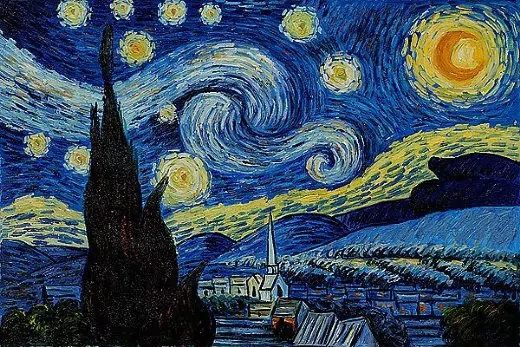
Vincent van Gogh masterfully used colour psychology to evoke mood and emotions in his paintings. In works like “Starry Night,” swirling blues and yellows convey a sense of turbulence and longing. His use of contrasting colours, like the vibrant yellows against deep blues, creates a dynamic tension that heightens emotional impact. Van Gogh’s manipulation of colour reflects his inner turmoil and emotional depth, inviting viewers to immerse themselves in the dynamics of psyche.
Additionally, in Chinese culture, red holds profound significance. It symbolises good fortune, joy and prosperity. It is associated with celebrations, festivals and auspicious occasions like weddings and the Lunar New Year. Red is believed to ward off evil spirits and bring luck and happiness. It is prominently featured in traditional Chinese paintings, calligraphy and decorative arts. The cultural symbolism and historical importance attached to the colour red, makes it a ubiquitous and revered element in Chinese art.
Click here to know more about the importance of colour psychology and symbolism.
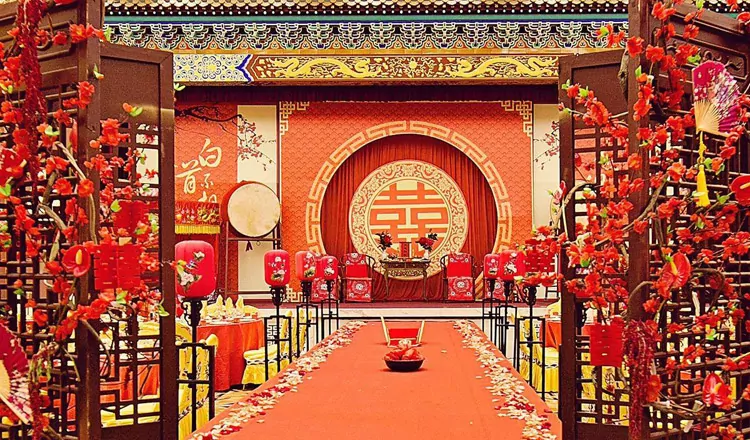
Keeping everything in mind…
Colour psychology plays a significant role in art. It influences our mood, emotions and perception of an art work. By understanding each colour carefully, we are able to gain a deeper insight into the meaning and impact of visual imagery.
Artists harness the power of colour to evoke specific emotional responses and communicate complex ideas through a visual medium. Making colour an essential element in your creating research will help you improve your language of art!
To learn more about art forms and how art influences us, download the Rooftop app from Google Play or App Store to stay updated on our upcoming art events and workshops. Stay tuned to rooftop blogs and follow us on @rooftop_app.
By Freya Bulsara

